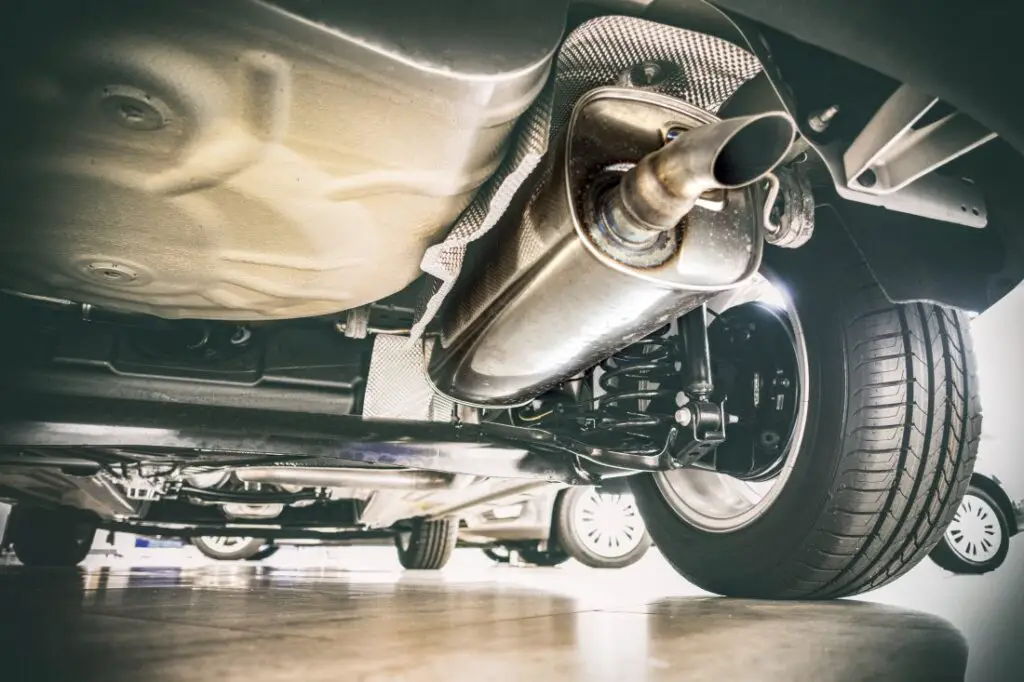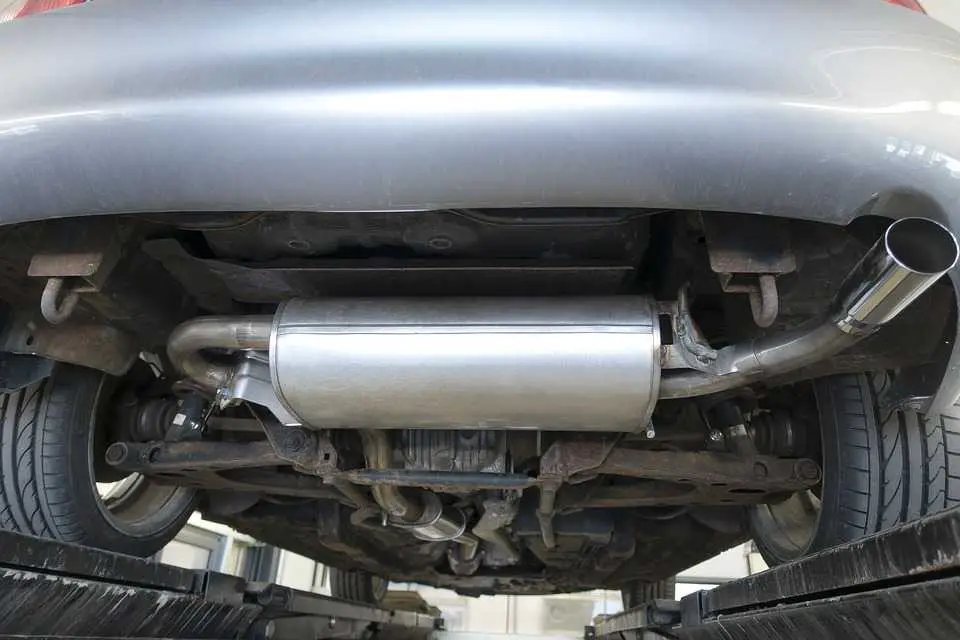Exhaust pipes can reach 300°F to 1,200°F depending on the vehicle and load. Handle with care, as they stay hot even after the engine is off.
The exhaust system is a critical component of any vehicle, responsible for expelling gases produced during the combustion process. One common question among vehicle enthusiasts and owners is: how hot does an exhaust pipe get? Understanding the temperatures involved is essential, as it affects the performance, safety, and maintenance of the vehicle.
In this article, we’ll explain the factors that influence exhaust pipe temperatures, typical temperature ranges, and tips for managing and maintaining the vehicle’s exhaust system.

Contents
Typical Exhaust Pipe Temperatures
The temperature of an exhaust pipe can vary significantly depending on several factors, including engine load, driving conditions, and the specific location within the exhaust system. Here’s a breakdown of typical temperature ranges:
- Exhaust Manifold: This is the hottest part of the exhaust system, with temperatures ranging from 500°F to 1,500°F (260°C to 815°C). These high temperatures occur because the manifold is directly connected to the engine.
- Catalytic Converter: The catalytic converter operates at temperatures between 1,200°F and 1,600°F (649°C to 871°C) under normal conditions. During periods of high engine load, temperatures can spike even higher.
- Muffler and Exhaust Pipe: By the time gases reach the muffler and tailpipe, temperatures have dropped significantly, typically ranging from 300°F to 500°F (149°C to 260°C).
Factors Influencing Exhaust Pipe Temperatures
Understanding what influences exhaust pipe temperatures is crucial for optimizing performance and ensuring safety.
- Engine Load: The harder the engine works, the more heat it generates. For example, towing heavy loads or driving at high speeds can cause the exhaust system to heat up.
- Fuel Type: Gasoline and diesel engines produce different exhaust temperatures. Diesel engines generally have lower exhaust temperatures compared to gasoline engines due to their higher efficiency.
- Driving Conditions: Stop-and-go traffic, long idling periods, and high-speed highway driving can all impact exhaust temperatures. Highway driving tends to produce higher and more consistent temperatures.
- Exhaust System Design: The length and diameter of the exhaust pipes, as well as the materials used, can affect heat dissipation and overall temperatures.
- Engine Tuning and Modifications: High-performance engines and aftermarket modifications can lead to increased exhaust temperatures, especially if the engine operates at higher RPMs or if the air-fuel mixture is adjusted for more power.
Why Do Exhaust Temperatures Matter?
Knowing the importance of exhaust temperatures can help ensure optimal engine performance, safety, and durability of vehicle components.
- Performance: Exhaust temperature plays a role in engine efficiency and performance. High temperatures in the catalytic converter are necessary for reducing emissions effectively.
- Material Durability: Exhaust components must withstand extreme heat. Materials like stainless steel are commonly used due to their high-temperature resistance.
- Safety: Excessively high exhaust temperatures can pose a fire hazard, especially if flammable materials are in close proximity to the exhaust system.
- Diagnostics: Monitoring exhaust temperatures can provide valuable insights into engine health. Abnormal temperatures may indicate issues such as a clogged catalytic converter or improper air-fuel mixture.

Managing and Maintaining Exhaust System Temperatures
To ensure your exhaust system operates safely and efficiently, follow these maintenance tips:
- Regular Inspections: Check for signs of damage, corrosion, or leaks in the exhaust system.
- Monitor Warning Signs: Be alert to unusual smells, loud noises, or reduced engine performance, which may indicate exhaust system problems.
- Avoid Prolonged Idling: Extended idling can lead to excessive heat buildup in the exhaust system.
- Use Quality Fuel: High-quality fuel reduces carbon buildup and helps maintain optimal engine performance.
- Install Heat Shields: Heat shields protect surrounding components from excessive heat and prevent potential fire hazards.
- Professional Maintenance: Periodic maintenance by a qualified mechanic can help identify and address potential issues before they become serious.
Frequently Asked Questions
Here are some FAQs about how hot does an exhaust pipe get –
What is the hottest part of the exhaust system?
The exhaust manifold is typically the hottest part, with temperatures ranging from 500°F to 1,500°F.
Can exhaust pipes cause burns?
Yes, exhaust pipes can cause severe burns if touched while the engine is running or shortly after it has been turned off. Always let the system cool before handling.
Why does my exhaust pipe glow red?
A glowing exhaust pipe indicates extremely high temperatures, often caused by engine issues such as a lean air-fuel mixture or a clogged catalytic converter.
Are aftermarket exhaust systems hotter than stock systems?
Aftermarket exhaust systems can run hotter if they are designed for increased performance, as they may alter the flow of exhaust gases.
How can I measure my exhaust pipe’s temperature?
You can use an infrared thermometer or install exhaust temperature sensors to monitor temperatures accurately.
Conclusion
Exhaust pipe temperatures are influenced by a variety of factors, including engine load, fuel type, and driving conditions. While temperatures can reach extremes, understanding the typical ranges and how to manage them is crucial for vehicle safety and performance. Routine maintenance and monitoring can help prevent issues and ensure your exhaust system operates efficiently.
However, knowing how hot an exhaust pipe gets provides valuable insights into the vehicle’s health and functionality.